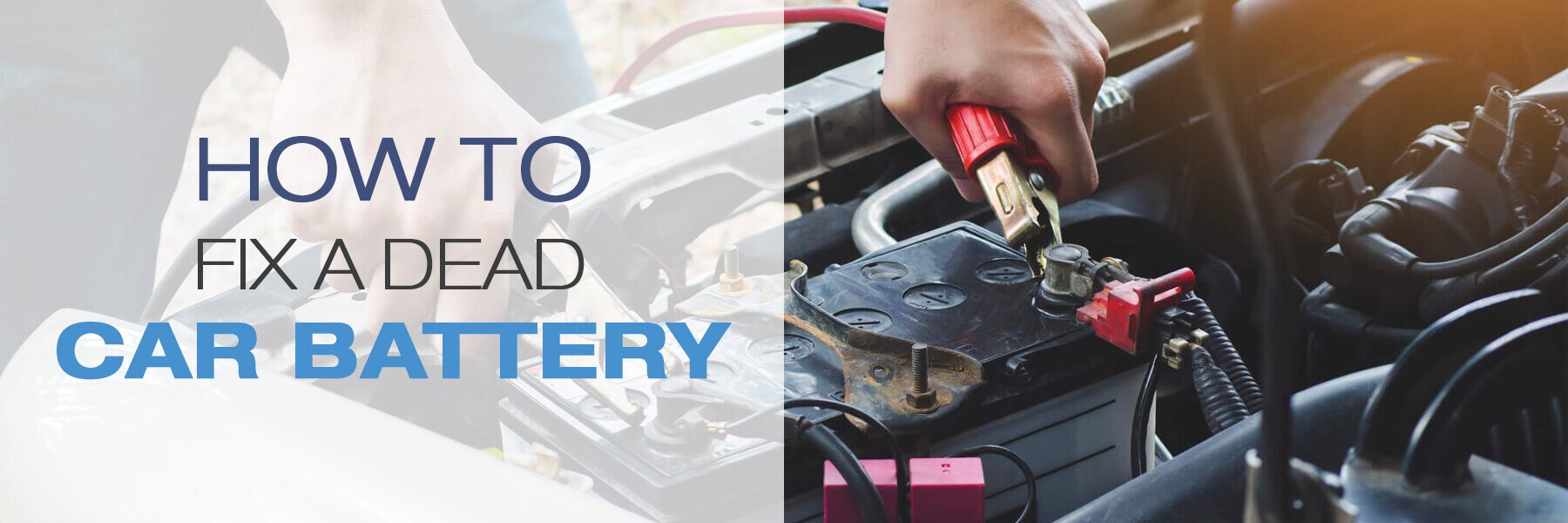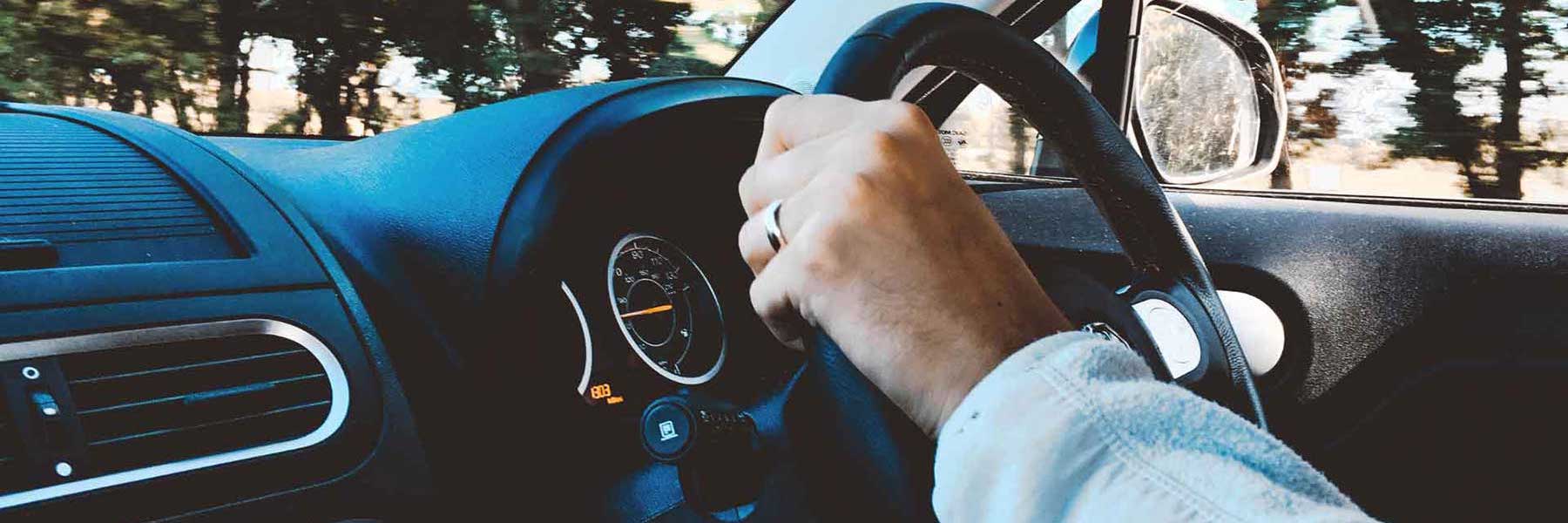Your car's tires are literally the most important (and only thing!) between you and the road.
They have a big job to do—stopping, turning, traction, performing at speed, under load, etc—and that’s why the proper tire pressure is so important to maintain, no matter how or what you drive.
But how do you know what the correct tire pressure is for your car? And how does tire pressure impact your safety, fuel economy, performance, and the life of your tires? Our tire service experts have the answers!
Why Tire Pressure Matters
Until something goes wrong or you have a flat, it’s easy to overlook or take your tire pressure for granted. Many of us have never even checked our tire pressure, let alone know exactly what it should be, or how to find it. But tire pressure is an incredibly important and crucial part of your auto maintenance routine, and here are some quick reasons why.
- Traction and handling: without the proper tire pressure, your vehicle can perform in erratic ways which can range from annoying to dangerous. Especially in temperature extremes.
- Tire life and warranty: driving with too much or too little air pressure can severely impact the life of your tires, and may possibly even void your warranty.
- Fuel economy and performance: when the tires on your car are properly inflated, you can expect optimal fuel economy and performance (stopping, going, and cornering).
How do I find the correct tire pressure for my car?
Depending on your make, model, and year, the location describing your car’s proper tire pressure (which is measured in psi, or pounds per square inch) is usually found in one of these four places.
- The driver’s side doorjamb
- The glovebox
- The trunk of your car
- The owners manual
You may have seen the maximum psi listed on the tire itself. Keep in mind that this is the MAXIMUM pressure that the tire will allow. Don't fill it to this number; fill it to the optimal amount (found in one of the locations listed above) instead.
After you have located the sticker, graphic, or table that lists the proper psi for your particular car, now it’s time to cover a few more basics about tire pressure.
- Check your tire pressure when they are cold, not after you have been driving on them for a while.
- Make sure you know how to read and use the different types of tire pressure gauges that are available on the market.
- Check your spare! They can lose pressure over time.
- Check your tire pressure at least once a month, or more often if the temperature outside has changed more dramatically (such as in fall, winter-spring).
- If your vehicle has aftermarket wheels or tires (not the ones that it was equipped with from the factory) do not overfill beyond the range on the tire itself, and consult a professional if you aren’t sure.
If you have any questions or concerns about your tire pressure, have a fleet you need to monitor, or just need a quick check, schedule an appointment or stop by, and let’s see how we can keep you and your vehicle in optimal running condition.



